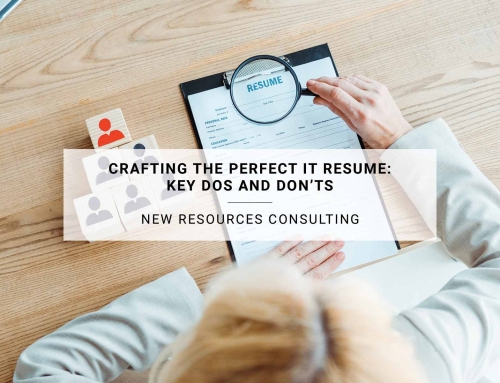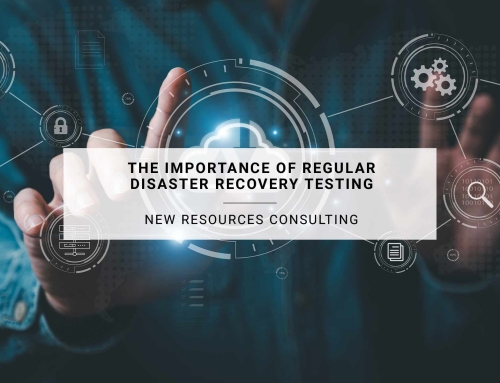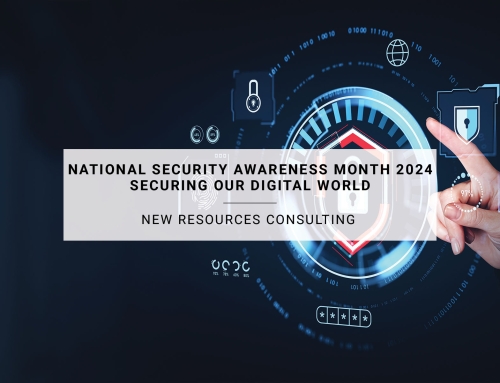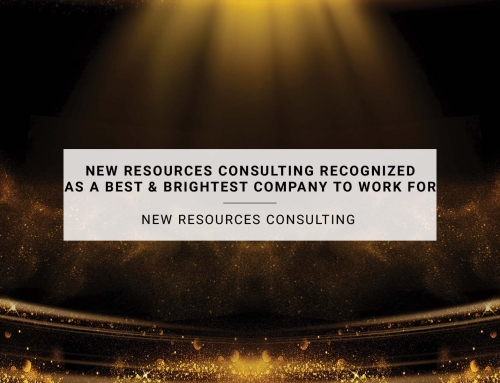Here’s what we’ve established so far.
Accounting professionals are understandably apprehensive about the implications of AI for their field. Yet, it is worth noting that technological evolution has been an immutable force within Accounting Information Systems (AIS) since their inception. The first article in this series (AI and Accounting Information Systems: A Historical Perspective) recalls that the base-10 Arabic numeral system provided the bedrock for Pacioli to innovate the double-entry method. The second article (A Brief History of Accounting Technology) describes how the Gutenberg press enabled Pacioli to disseminate “Summa de Arithmetica, Geometria, Proportioni et Proportionalità” with drawings by his illustrious friend, Leonardo da Vinci.
If we pause to scrutinize the 16th-century merchants of Venice and Florence, we observe an intriguing dichotomy: while the rudimentary form of AIS existed in the double-entry ledger, the accounting profession itself had yet to materialize. Instead, bookkeeping was a task managed by individual merchants and their diligent clerks.
By the 16th and 17th centuries, a shift began. Individuals started to specialize in accounting, offering their services across multiple traders, providing much-needed expertise in managing and verifying financial records. These proto-accountants occasionally took on roles akin to modern auditors. This role was indispensable for the nascent joint-stock companies, such as the Dutch East India Company (1602) and the British East India Company (1600), which necessitated transparency and reliability in financial reporting.
If we take the Arabic numerals to be a technological substrate and consider the double-entry method as the first bonafide AIS, it becomes evident that AIS predates the profession it supports.
Like the mythopoetic flame which lights itself, AIS gave birth to the accounting profession, creating the very experts who would later serve its evolving needs.
Acknowledging technology as not merely a catalyst but as the very impetus for an entire profession prompts a fascinating inquiry: what revolutionary leaps might we anticipate when new devices emerge? A century post-Pacioli, intellectual titans such as Leibniz, the co-founder of calculus, and Pascal, a polymath revered for his contributions to hydrostatics, statistics, and theology, independently devised mechanical calculators. These devices, superior to abacuses and counting boards, appeared poised to revolutionize AIS and the fledgling accounting profession. If a mere method of bookkeeping could spawn an entire profession, surely these mechanical marvels would propel it to unforeseen heights.
Yet, reality defied expectations. The Pascaline and Leibniz’s Stepped Reckoner, while ingenious, did not transcend their roles as curiosities. Accountants, ever adept at cost analysis, deemed these devices impractical. Historical records suggest they were seen as intriguing but ultimately too cumbersome for everyday use. Instead, accountants remained loyal to their abacuses and exchequer-boards. We chalk such things up to failures of change-management and marketing these days.
Let us pause and take stock. Commerce has always leaned on some form of technology, and AIS—starting with double-entry bookkeeping—indeed spawned the profession it now serves. The printing press accelerated this transformation. But identifying which technologies will disrupt, transform, or even create a profession, and which will become yet another tool or even mere footnotes, is far from straightforward. It is incumbent upon CPAs to hold this ambiguity in mind as they navigate the current technological landscape. Into which category will AI fall? To gain perspective, perhaps we must turn our gaze to the 18th and 19th centuries.
To be continued.








